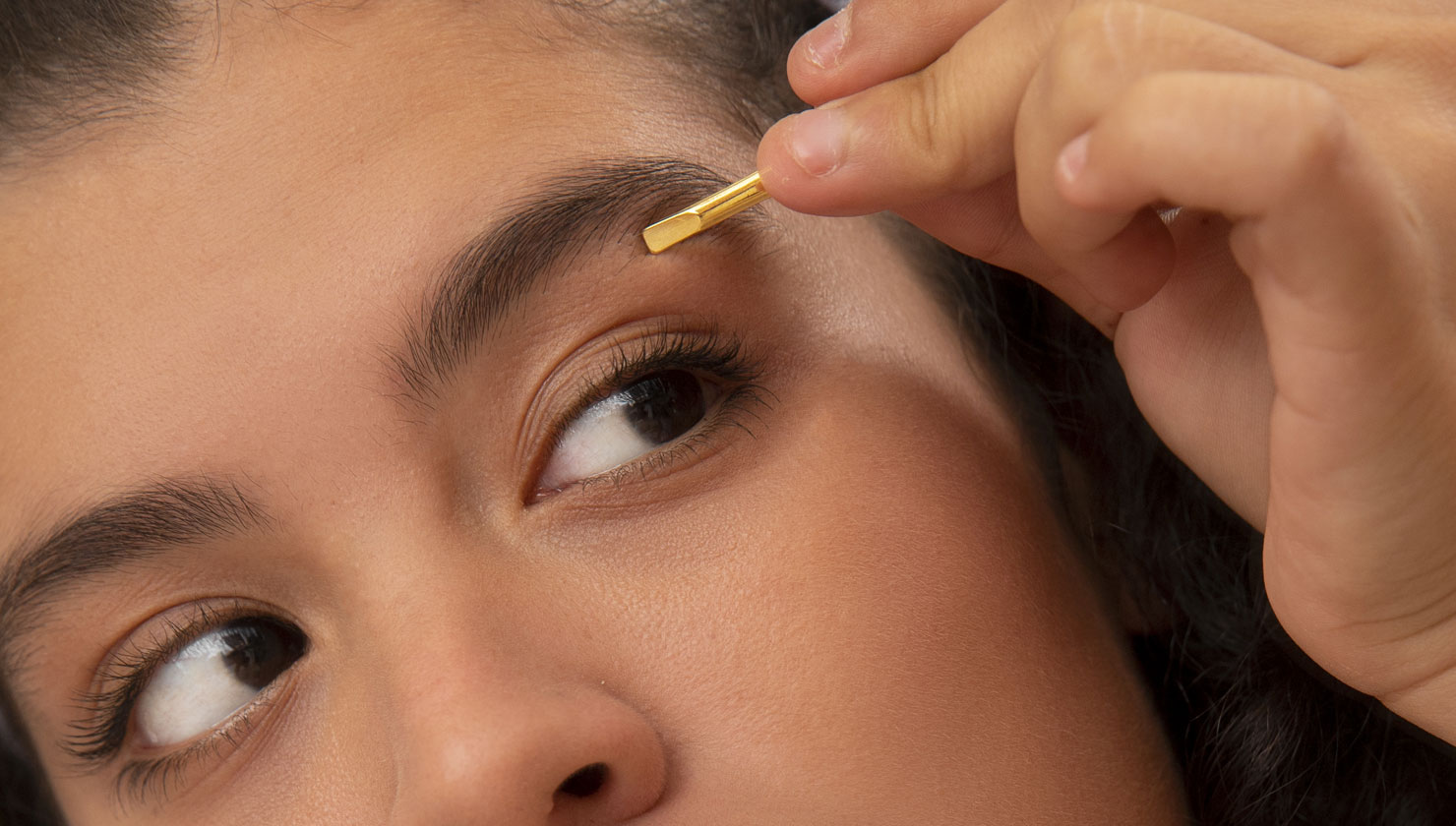Trans folks often seek transition surgery mainly because of gender dysphoria. It’s about getting our outside body to match who we truly are on the inside. This huge step helps us feel much more comfortable, confident, and authentic every single day.
In the roadmap of gender affirmation, every step matters—from aligning your wardrobe with your identity to choosing the right surgeon. But among those steps, one often under-emphasized yet absolutely critical component is permanent hair removal. Specifically, the role of electrolysis prior to gender-affirming surgery is not optional: it’s foundational. In this post I’ll explain why that’s the case, break down the functional reasons behind it, and show why investing in electrolysis early makes both physiological and emotional sense.
Hair + internal tissue = risk
When you’re preparing for bottom surgery (for example, vaginoplasty), donor-site preparation and internal tissue construction are at stake. If any hair remains in the skin that becomes internalized or exposed to body cavities, you introduce the risk of internal hair growth—hair where it doesn’t belong. That may sound abstract, but the consequences are real: hair growth inside a constructed vaginal canal can lead to ingrown hairs, infections, cysts and discomfort. Studies underline that permanent hair removal is required before gender-affirming vaginoplasty to prevent such complications. PMC
In other words: you want the donor site and the internal surfaces clean. Hair is a variable that can compromise surgical outcomes. No surgeon wants to worry about “oh hey, there are follicles still active under there.” So from a purely surgical-risk standpoint, electrolysis isn’t just a cosmetic “nice-to-have”—it’s a risk-mitigation tool.
Queer Expansion Beyond City Limits
Portland’s popularity has come with a rising cost of living, and many queer and trans residents have found new homes nearby. The queer community now thrives in Vancouver, Washington, as well as Camas, Gresham, Tigard, and Oregon City. These neighboring areas carry the same inclusive energy that first drew people to Portland. The sense of community has grown outward, forming a wider network of safety and creativity across the region.
Local gatherings, art collectives, and queer-owned businesses have continued to connect people across the Columbia River, to Vancouver WA, and beyond. What began as a small, defiant movement inside city limits has become a broader regional culture rooted in visibility and mutual care.
Why electrolysis (and not just laser or waxing)?
We have many hair-removal technologies, but when we’re talking permanent removal in transition-sensitive zones, electrolysis is the gold-standard. It is the only method approved by the FDA for permanent hair removal.
Here’s what sets it apart:
Works on all hair colors and skin tones. Laser hair removal depends on pigment contrast (dark hair + light skin). But for folks whose hair is fine, grey, red, or whose skin tone is darker, laser may not work; electrolysis penetrates each follicle individually.
It’s permanent. In the context of surgery where you cannot go back and treat inside body cavities easily, you want something definitive. One hair left in a donor flap can grow internally and become a source of complications later—electrolysis helps eliminate that upstream.
It’s supported by transition-care protocols. Many clinics recommend a full clearing via electrolysis (often after or combined with laser) specifically because of donor-site and surgical preparation protocols.
Confidence, appearance, and well-being
Beyond the surgical necessity, there’s a psychological and experiential dimension to why electrolysis matters. When you’re undergoing gender-affirmation, every visible feature becomes part of how you present, how you feel, how you’re seen. Facial hair, body hair — these are daily reminders of misalignment for many trans folks. Choosing electrolysis signals investment in your identity, and transition isn’t just about the surgery day—it’s about the life you’re stepping into.
A smoother jawline, clearer chest, no back-hair surprise in tight clothing—all of these matter to how you move through the world. They free up mental energy from “covering” or “hiding” or “preparing.” For those reasons, many practitioners highlight electrolysis for its role in boosting confidence, reducing dysphoria, and supporting transition-related quality of life.






